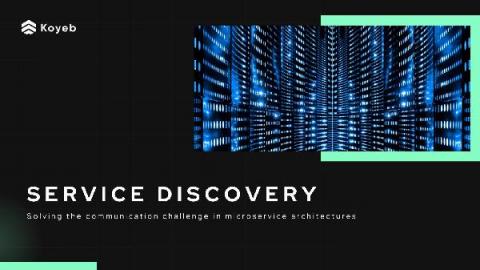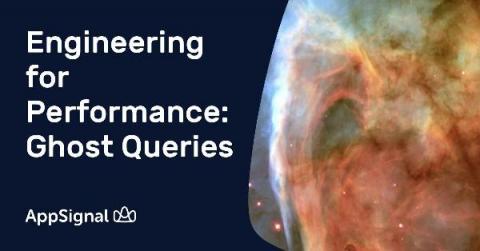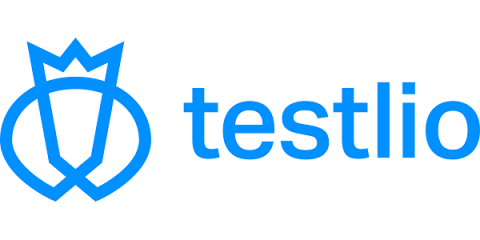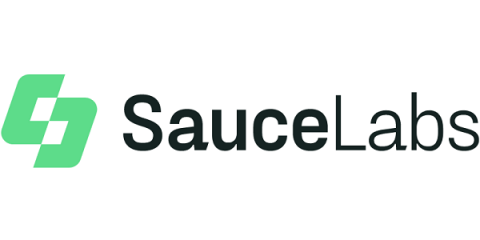Why COVID makes a CIO's tech strategy THE strategy
The global pandemic continues to impact our world in so many ways. But it has also served as a catalyst for technological change—a forcing function that is accelerating cloud migration. Every company wants to create better products or services, differentiate offerings, price strategically, grab more market share, retain customers, and grow in a sustainable manner.










